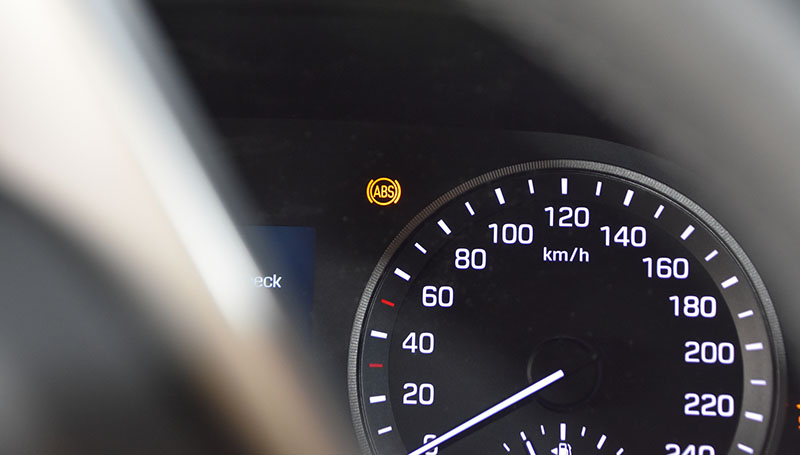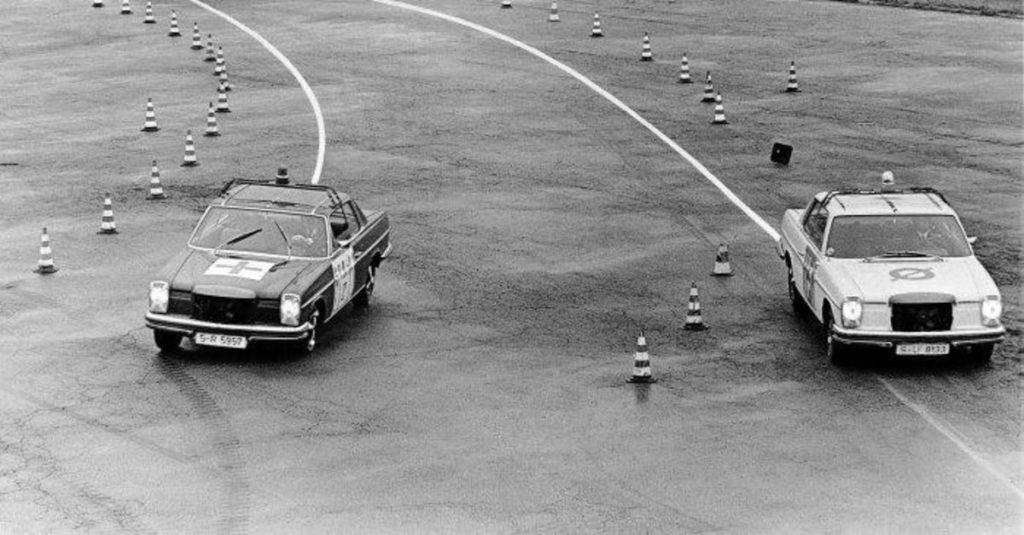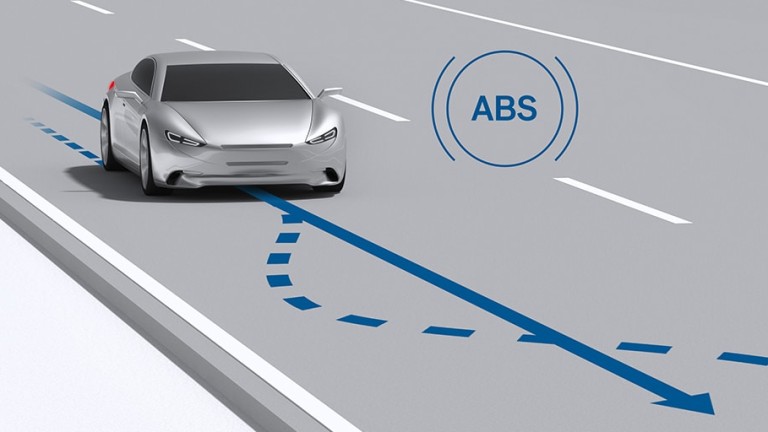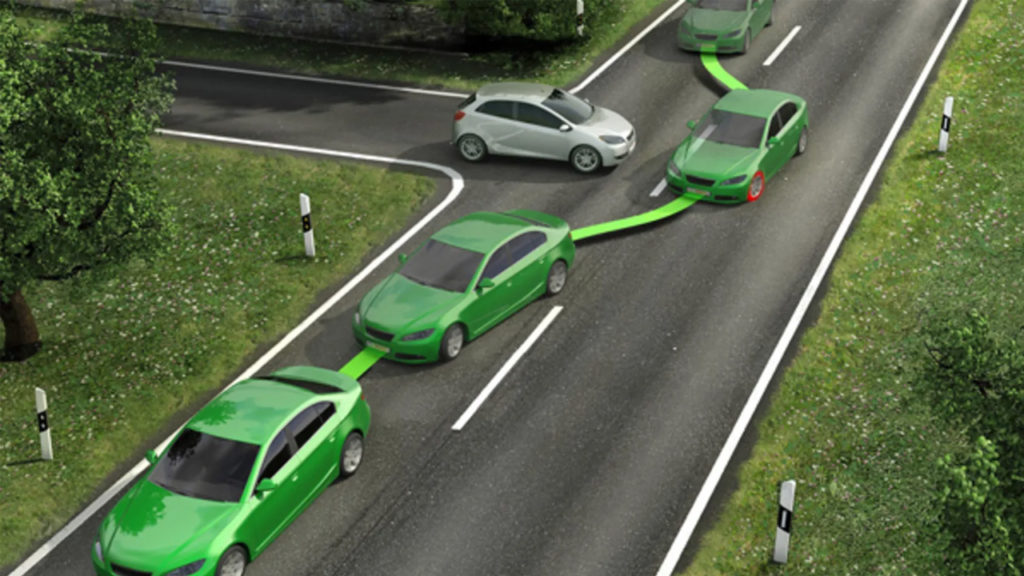Even if you do not have a special interest in vehicles, you must have heard the concept of ABS before and asked, “What does ABS mean?” Have you ever wondered the answer to the question? The ‘Anti-Lock Brake System’, known as ABS in short, is one of the most important developments in driving safety to date. Knowing about ABS makes it easier to make choices that will maximize driving safety when deciding to buy a new car or rent a car. In this article, you can find the most frequently asked questions about the ABS braking system, which has an important place in safe driving.
What is ABS?

“What is ABS?” In short, the answer to the question “It is the system that prevents the vehicle from being shaken and locked during braking” can be answered. The system makes it easier for the driver to maintain control of the vehicle, especially in low traction situations. Because when the ABS is activated, steering control of the vehicle can be achieved. ABS first appeared in the 1970s. All cars produced after 2004 in the European Union are required to have an ABS brake system.
Many people know that their vehicle has ABS, but few know what it does and how it works. “How does ABS work?” In order to answer the question, it is necessary to know the system itself. Vehicles with ABS have special sensors on their wheels. These sensors check whether the wheels are locked during braking. When locking occurs during braking, the hydraulic valves are released to prevent locking, thereby reducing brake pressure.
When did ABS start to be used?

Although the anti-lock braking system concept has a long history, the most effective first use of it is the Maxaret system developed by the UK-based Dunlop company in the 1950s. Maxaret is a working system for use in aircraft. Thanks to this hydraulic system, the stopping distance of the aircraft is significantly reduced during landing, and the wheels are prevented from locking even on ice. The Maxaret system also significantly reduces the risk of punctures. After a short time, this system began to be used in automobiles as well. ABS was first used in a road car on the 1966 Jensen FF. The Maxaret anti-lock system used in the Jensen FF, which was produced as a 4×4 sports car, also significantly improved the stopping distance. However, it was not popular because the system was still primitive and expensive.
With the investments made by giants such as Chrysler, Genel Motors and Bosch in the 1970s and 80s, the Ford Scorpio was launched in 1985 as the first vehicle with ABS in a modern sense. Today, ABS system is used in different vehicle segments and even engines.
Advantages of Anti-lock Braking System

“What is ABS?” After answering the question, we can briefly mention the advantages of the system. The primary advantage of the anti-lock braking system is that it provides a much shorter braking distance on asphalt. Another important advantage of ABS is that the steering is still operational even at maximum brake pressure. In vehicles with locked wheels, the forward movement of the vehicle overwhelms the traction force of the tires, causing slipping. In such cases, it becomes impossible to steer the vehicle. However, in vehicles with ABS, it is possible to give direction to the vehicle since the wheels of the vehicle continue the rotational movement. Moreover, the system works successfully on tires of different sizes.
How Does ABS Work?

The working logic of ABS is actually based on the cadence braking technique that drivers use in their daily lives and are very familiar with. ABS, which is a more advanced version of the cadence braking technique performed by pumping the brake pedal at short intervals, performs this process at a speed and intervals that a human cannot perform, thanks to electronic sensors. In ABS systems, there are separate sensors that monitor the speed and revolution of each wheel.
When these sensors detect that a wheel starts to turn slower than the others during braking, they reduce the brake pressure in the wheel with millisecond pumping action and bring it back to a stable condition. In this way, wheel locking is prevented and the driver does not lose steering control while slowing down.
For example, you encountered an obstacle on the way while driving at high speed on a highway. When you instinctively apply the brakes, the wheels will lock due to the brake pressure applied to the high-speed wheels and the vehicle will start to slide. In this case, as the vehicle will lose control, the braking distance will increase and there will be no chance of maneuvering. If you brake in the same scenario, ABS; Gradually, it greatly reduces the speed of the vehicle up to the obstacle and gives the driver sufficient maneuvering space to overcome the obstacle as the wheels will not lock.
